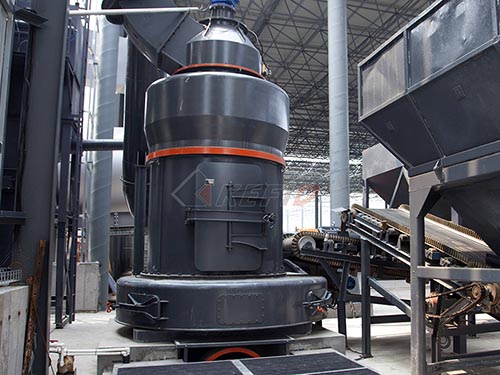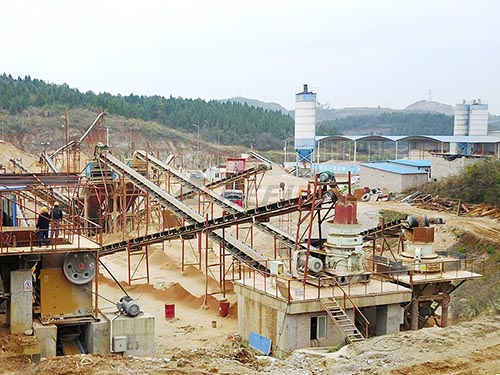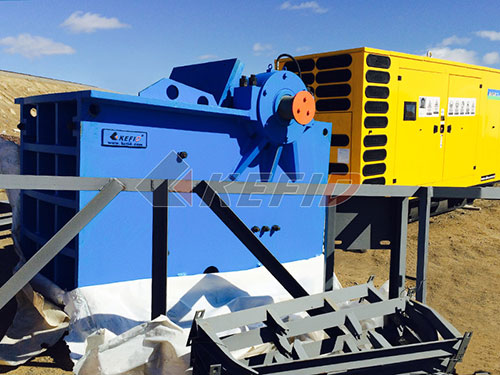The Unsung Hero of Infrastructure: Demystifying Crusher Run Through the Lens of Particle Size Distribution
Beneath the smooth asphalt of highways, supporting the foundations of towering structures, and forming the stable base for countless driveways lies a material often overlooked yet fundamentally essential: Crusher Run. Its name evokes raw power and utility rather than refined elegance. However, understanding its composition – particularly through the critical framework of its particle size distribution or “Eight Of Crusher Run By Volume” – unlocks the secrets to its remarkable performance as a versatile and indispensable aggregate in construction and civil engineering.
Beyond the Name: What Exactly is Crusher Run?
Crusher Run isn’t a single-sized stone; it’s a carefully blended aggregate product resulting directly from the primary crushing stage of quarry rock processing. Imagine large boulders fed into a powerful jaw crusher or impactor. The output isn’t uniform pebbles but a heterogeneous mixture ranging from relatively large angular fragments down to fine stone dust particles generated during the crushing action itself.

This inherent blend defines Crusher Run:

1. Coarse Aggregates: Angular pieces typically ranging from about 1 inch (25mm) up to several inches in size (often capped at 3 inches or 75mm max).
2. Fine Aggregates: Smaller stones passing through progressively finer sieves.
3. Fines: Stone dust or quarry dust – particles smaller than approximately No. 4 sieve (4.75mm), including significant material passing the No. 200 sieve (75µm).
Unlike washed aggregates where fines are removed via water processing, Crusher Run retains all these components straight from the crusher discharge conveyor – hence its name “Run-of-Crusher” or simply “Crusher Run.” This unprocessed nature gives it unique properties crucial for specific applications.
The Critical Eight: Particle Size Distribution Defined
The performance of any aggregate base course material hinges critically on how its particles are distributed across different size ranges – its gradation or particle size distribution (PSD). For Crusher Run specifications often reference eight key sieve sizes defined by standards like ASTM C33 or AASHTO M43:
1. 3 inches (75 mm)
2. 2 inches (50 mm)
3. 1 inch (25 mm)
4. 3/4 inch (19 mm)
5. 3/8 inch (9.5 mm)
6. No. 4 Sieve (4.75 mm)
7.

Leave a Reply